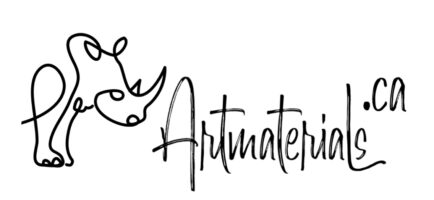- You have no items in your shopping cart
- Continue Shopping

When 1/2+1/2 is greater than 1
A “half pan” is not precisely half in terms of volume. The difference between a half pan and a full pan can be as little as 0.5 ml in volume. When a half pan is well loaded, it typically holds around 1.5 ml of paint, while it can accommodate up to 2 ml when filled slightly above the walls. On the other hand, a full pan generally has a volume of 2.5 to 3 ml. Therefore, even when fully loaded, a full pan contains less paint compared to two half pans.
When the worst is the best
Over the course of many centuries, the quality of hog bristle, a material commonly used by oil painters, has declined in Europe. This decline can be attributed to the improved living conditions provided to pigs in Europe, which resulted in a decrease in the quality of their bristles for painting purposes. Interestingly, the quality of hog hair for brushes is now found to be superior in regions like China, even for brushes made in Europe. This is because the hair from pigs raised in more challenging environments tends to be of higher quality for painting purposes.
Re-assembled Linseed oil
The quality of linseed oil used for painting is influenced by the conditions in which the crop is grown. Generally, colder climates tend to produce higher-quality oil, making northern crops more suitable for artistic use. In order to reduce dependence on natural conditions, many manufacturers refine linseed oil through multiple stages. This refining process involves the removal of certain amino acids and proteins, followed by the addition of only those that provide benefits for artists. As a result, this refined oil resists yellowing over time and also dries at a faster rate. However, we don’t know how such processes affect painting in a long-term perspective.
Acrylic Focus Pocus
Acrylic paints have the ability to undergo self-polymerization, which allows them to form a dry film even when stored in a closed container. To prevent this unintended drying process, manufacturers often incorporate ammonia or other chemicals into the paint formulation. These additives help to inhibit the self-polymerization and maintain the paint’s usability over an extended period of time.




